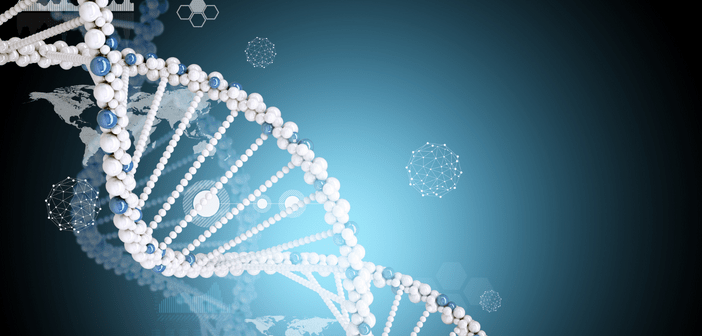Technology Digest: LBAs vs chromatographic platforms for oligonucleotide quantification

Background
Oligonucleotides are, in essence, nucleic acid polymers that have the potential to treat a vast array of diseases, acting as therapeutics that predominantly focus on gene silencing [1]. Their typical mechanism of action involves binding of the oligonucleotide to a target mRNA sequence, hindering the action of ribosomes, disrupting splicing and encouraging the action of enzymes that degrade the mRNA. Oligonucleotides can be chemically modified to increase their potency. For instance, the addition a fluorine molecule to the 2’ ribose position increases both the binding affinity of the oligonucleotide and its resilience to nuclease proteins [2].
The two most widely used strategies for gene silencing employ antisense oligonucleotides (ASOs) and small interfering RNAs (siRNAs) [3]. There are many different oligonucleotide therapeutic modalities but all aid in targeting specific diseases that are currently untreatable by existing therapies. In general, oligonucleotide therapeutics, such as mRNA or noncoding RNA, have high specificity and can target molecules that cannot be governed by standard drugs, thus resulting in the cultivation of ground-breaking drugs against genetic diseases and cancers beneficial for the future treatment of patients [4].
Due to their many benefits, the interest in oligonucleotide therapeutics has increased over the years, thus the consideration for their analysis, regulation and validation must be a key focus moving forward. The current method of validation – oligonucleotide quantification – is an integral step in ensuring drug safety and efficacy by evaluating oligonucleotide concentration [5]. Ligand binding assays (LBAs) and LC-MS platforms are the most preferred platforms used for quantification of therapeutic modalities [6]. The essence of a LBA is that a ligand is used to capture and/or detect the target molecule (typically large molecules within biological matrices) and, due to its high specificity, can differentiate target molecules better than chromatographic methods [7]. The process of LC-MS analysis entails liquid chromatography (LC) separation combined with MS in order to detect extracted analytes, in this instance oligonucleotides, from biological matrices and, due to specificity and dynamic range, can provide more accurate quantification of oligonucleotides than LBAs [6]. Here we explore the benefits and ideal use cases for each platform when it comes to oligonucleotide quantification.
Download the eBook to continue reading…
This eBook includes:
- TECHNOLOGY DIGEST: LBAs vs chromatographic platforms for oligonucleotide quantification
- RESEARCH ARTICLE: Oligonucleotide quantification and metabolite profiling by high-resolution and accurate mass spectrometry
- RESEARCH ARTICLE: LC–MS quantification of oligonucleotides in biological matrices with SPE or hybridization extraction
Click the ‘Download now’ button in order to access this FREE eBook.
In association with:

